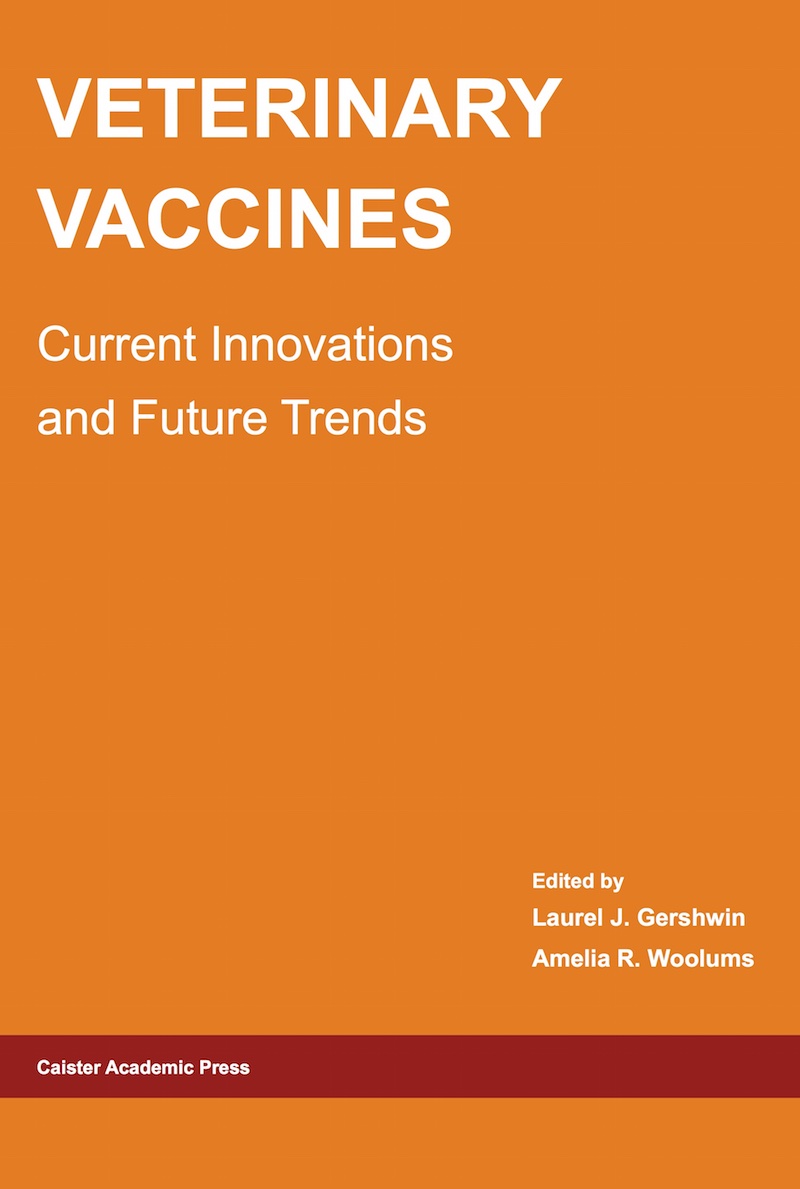Chlamydia: Genomics and Pathogenesis
Publisher: Horizon Bioscience
Editors: Patrik Bavoil and Priscilla Wyrick University of Maryland Dental School, Baltimore, MD 21201, USA and East Tennessee State University, Johnson City, TN 37614, USA
Publication date: October 2006
ISBN: 978-1-904933-21-2 (hardback)
ISBN: 978-1-904933-48-9 (ebook)
Pages: xiv + 542
Chlamydia is the perfect pathogen, remaining elusive to the host by hiding within its cells and to the researcher by being refractory to laboratory analysis. However the recent revolution in genomics and molecular biology have made a great impact on chlamydia research. Every chapter in this volume draws on recently acquired genomic information. Written by the rising stars of chlamydial research, this comprehensive book covers literally every aspect of Chlamydia molecular and cellular biology. The book is divided into four sections: comparative and functional genomics, molecular and cellular pathogenesis, host responses and disease, emerging strategies for control. Topics covered include comparative genomics, genomics of environmental Chlamydia, regulation of gene expression, tryptophan metabolism, chlamydiaphage, and much more. Essential reading for all chlamydia researchers and recommended reading for other scientists working in bacterial molecular and cellular pathogenesis, bacterial genomics and antibacterial research.
Chapter List:
Foreword
Gerry Byrne
Chapter 1: Lessons And Challenges Arising From the "First Wave" of Chlamydial Genomics
Deborah Dean, Garry S. Myers, and Timothy D. Read
Chapter 2: Environmental Chlamydia Genomics
Matthias Horn, Astrid Collingro, Stephan Schmitz-Esser, and Michael Wagner
Chapter 3: Chlamydia Proteomics
Svend Birkelund, Brian Vandahl and Gunna Christiansen
Chapter 4: The Chlamydial Host-Pathogen Interaction: DNA Microarray Analysis
Robert J. Belland
Chapter 5: [Obligate Intracellular Parasitism]2. The Chlamydiaphages
Zhi Liu, Hui-zhong Shou, Ru-ching Hsia and Patrik M. Bavoil
Chapter 6: Regulation of Gene Expression
Ming Tan
Chapter 7: In Silico Identification of Chlamydial Promoters and Their Role in Regulation of Development
Sarah Mathews and Peter Timms
Chapter 8: Tryptophan Metabolism in Chlamydiae
Heidi Wood, Harlan Caldwell and Grant McClarty
Chapter 9: Iron and Micronutrients
Jane E. Raulston
Chapter 10: The Polymorphic Membrane Protein Gene Family of the Chlamydiaceae
Chun Tan, John K. Spitznagel, Hui-zhong Shou, Ru-ching Hsia, and Patrik M. Bavoil
Chapter 11: The Chlamydia Type III Secretion System: Structure and Implications for Pathogenesis
Kenneth A. Fields and Ted Hackstadt
Chapter 12: Proteins in the Chlamydial Inclusion Membrane
Daniel D. Rockey and Damir Alzhanov
Chapter 13: Chlamydial Exploitation of Host Signaling, Cytoskeletal, and Membrane Trafficking Pathways
Marci A. Scidmore
Chapter 14: A Pathogen with Two Personalities: Death and Survival during Infection With Chlamydia
Philippe Verbeke, Lynn Stahl, Thomas Jungas, Christiane Delarbre and David M. Ojcius
Chapter 15: Polarized Epithelial Cell Culture for Chlamydia trachomatis
Priscilla B. Wyrick
Chapter 16: Innate Immunity
Toni Darville
Chapter 17: The Role of the CD4 T Cell in the Host Response to Chlamydia
Roger G. Rank
Chapter 18: CD8+ T cell Recognition of Cells Infected with Chlamydia
Zarine R. Balsara and Michael N. Starnbach
Chapter 19: T Lymphocyte Trafficking to the Female Reproductive Mucosae
Kathleen A. Kelly
Chapter 20: Alternative Mechanisms of Pathogenesis
Kyle H. Ramsey
Chapter 21: Pathogenesis of Chlamydia-Associated Arthritis
Judith A. Whittum-Hudson, Hervé C. Gérard, H. Ralph Schumacher Jr., and Alan P. Hudson
Chapter 22: Interactions of Chlamydia With the Host Cell That Mediate Attachment and Uptake
Lee Ann Campbell and Cho-chou Kuo
Chapter 23: The Impact of Chlamydia Basic Research on Disease Control
Robert C. Brunham
(EAN: 9781904933212)



